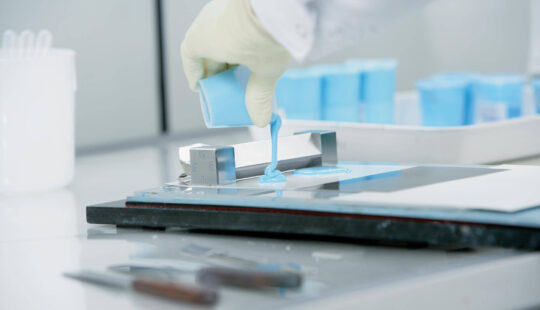What’s News
On Saturday, NASA will again try to launch Artemis, its much feted and funded program to return to the moon — this time with more reusable equipment.
Earlier this week NASA canceled its first launch attempt due to a faulty engine cooling system on one engine, one of four on the unmanned spacecraft. Yet, with public setbacks and more than $40 billion already spent on the project, years behind schedule, is a walk on the moon worth it? Yes, experts said.
First, it helps commercial companies innovate. DustBuster, MRIs, CT scans, home insulation, shock-absorbing sneaker soles, fireproof firefighting suits and vacuum-packed foods are all common ideas developed with technology created for the Apollo moon missions 50 years ago.
SAP’s Take
“On one hand, there’s a very practical purpose,” said Paul Logue, SAP senior vice president and global head of Insights, and a former aeronautical engineer. “On the other hand, there’s a nationalistic purpose as well. NASA is funded by the government, funded by the people, and you could translate that soft fuzzy pride into acceleration of commercial and military technology that thrust the U.S. into the No. 1 technology position.”
President Dwight Eisenhower created NASA in 1958, and by 1969 it put a man on the moon, unleashing a pride in U.S. ingenuity. The successful Apollo missions also made NASA the mother of technology at the time.
“Some technology that is needed can be funded only through government monies to get to that fundamental research and development to use in other commercial areas,” said Torsten Welte, SAP vice president and global head of Industrial Business Unit for Aerospace & Defense.
For future operations — by public and private companies, such as SpaceX and Blue Origin — sustaining life on the moon and traveling to Mars starts with leaving Earth. That makes a safe and successful launch even more critical.
For years NASA has filled the role of a platform provider that private companies can build upon, partner with and use its technology to innovate other technologies. NASA can afford to go where no private company can, simply because it doesn’t have to turn a profit — ever.
“NASA is allowed to do many things that just wouldn’t be economically viable in in private sector,” Logue said. “NASA built this platform, which is allowing startups to innovate and basically drive revenue from delivery to that platform.”
What will Artemis give rise to? “There’s going to be opportunity for other startups to innovate and deliver people, deliver goods and services to that outpost,” Logue said.
More than commercial development, moon missions, in all their stages, inspire.
“NASA pushed Artemis to get people excited again about space,” Welte said. “You need to have a face that allows people to get excited about engineering and technology and doing something really cool.”
NASA missions may help a new generation of engineers discover answers to some of its most pressing problems, such as climate change because many of these projects involve constant monitoring of earth from the moon, satellites and cameras that are far away.
“For young engineers and physicists that are just interested in what’s out there, no better place to do that than NASA,” Logue said. “The value of this project is to inspire.”
Contact:
Ilaina Jonas, Senior Director of Global Public Relations, SAP
+1 (646) 923-2834, ilaina.jonas@sap.com



